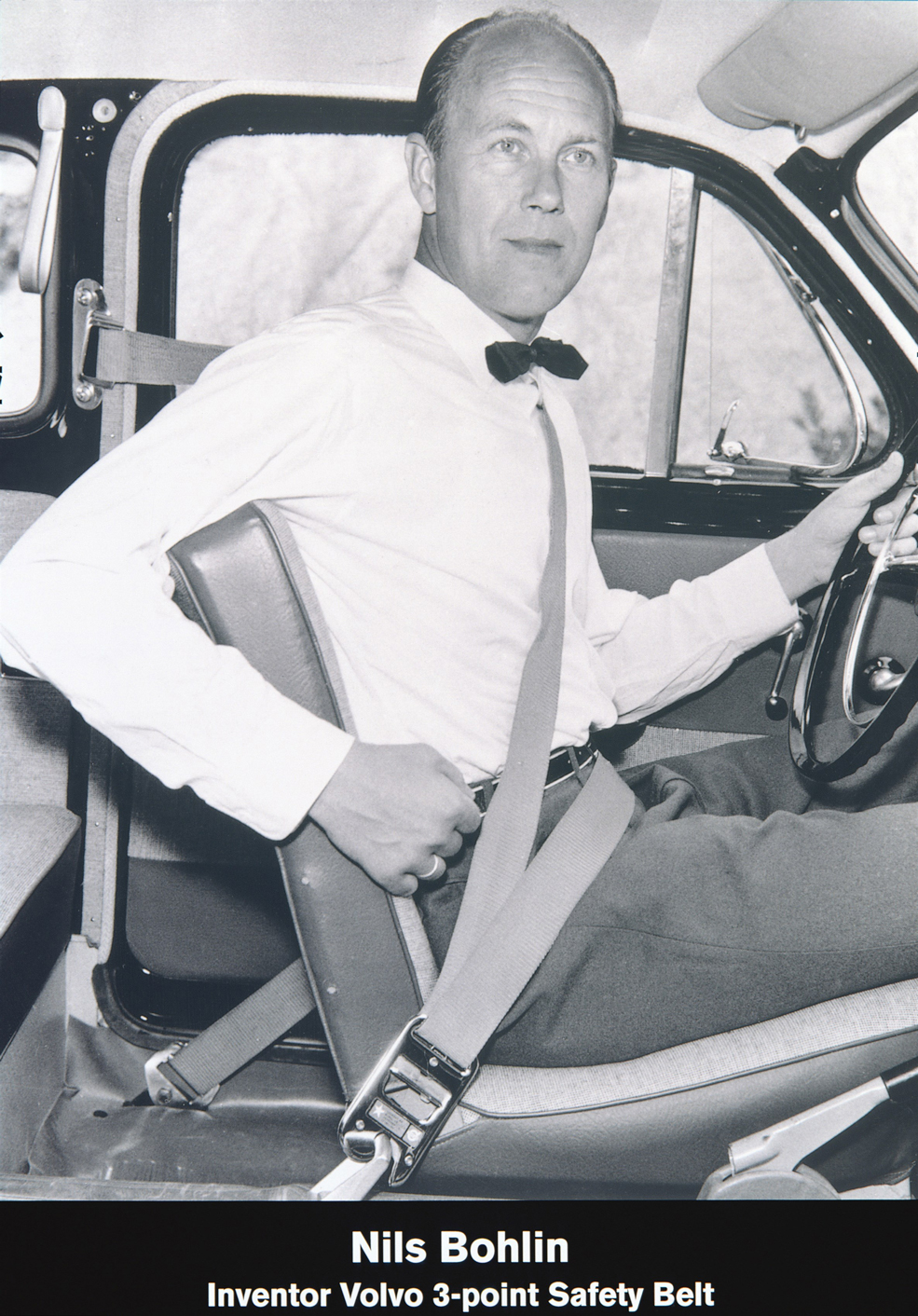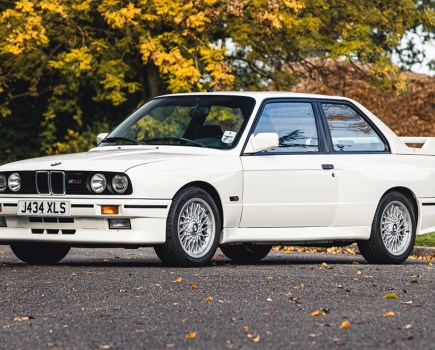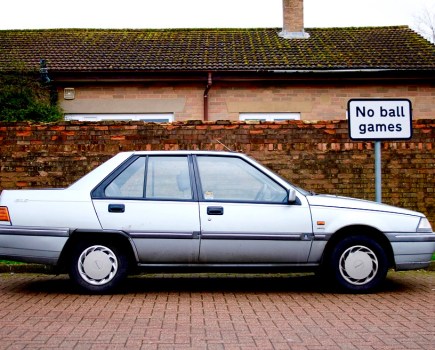More than one in four occupants who were killed in crashes in Britain last year were not wearing a seat belt according to data from the Department for Transport – the largest proportion since records started being kept in 2013.
The latest figures show that of the 787 drivers or passengers who died in 2017, 27 per cent were not wearing seat belts, compared with 20 per cent in 2016. And, the government’s road safety campaign Think! cites research that shows younger drivers and passengers are the worst offenders, with those aged 17-34 having the lowest seat belt-wearing habits combined with the highest accident rate.
Such findings are even more alarming given that the effectiveness of seat belts has been proven time and time again.
Remarkably, it wasn’t until January 31 1983 and many years of failed attempts that a law requiring all drivers and front seat passengers to wear their seatbelts came into force. Subsequently, official statistics showed a 25 per cent decrease in driver fatalities and a 29 per cent reduction in fatal injuries among front seat passengers, reinforcing the case for seat belt usage. And yet, some are still willing to take the risk.
According to the Department for Transport, adults who do not wear a seat belt include those who occasionally forget as well as others who actively choose not to wear one. Pete Williams, the RAC’s road safety spokesman, believes this increase in complacency is down to a decline in road policing over the last 10 years, a belief in the enhanced safety of modern vehicles and an absence of high-profile road safety messages in the media. Indeed, before the law made it mandatory, British drivers in the ’70s were encouraged to wear seatbelts with adverts that used shock tactics, which showed the terrible consequences of not wearing a belt and certainly stuck in the mind.
“We have generations of drivers who have grown up without seeing the ‘clunk-click’ messages that many of us frequently saw on our screens and made putting on a seat belt second nature,” Pete commented.
“Drivers generally may also feel more cocooned and less at risk because of the level of safety features in their cars such as air bags, automatic braking and side-impact protection.”
In the classic arena, we’d like to think that most owners would be more safety conscious, given that modern safety features are absent and the seat belt is often the only safety provision – if fitted at all. However, there are no guarantees against complacency – and the awful consequences that could result.

Classic Jaguar editor and regular Classics World contributor Ian Seabrook has witnessed first-hand the vital role seat belts can play in classic cars. “Even in older vehicles, seat belts can save your life. My wife sadly managed to roll a Morris Minor Traveller after losing control on a fast bend. The car landed upside down in a ditch. The fixed seat belt held my wife in position and she escaped with minor bruising. Without the belt, she would have been thrown around inside the car and been badly injured. If there is a belt fitted, I will always wear one. I recommend you do likewise.”
But what about cars without seatbelts? According to the Government regulations, cars and light vans constructed after the end of 1964 but prior to 31 March 1987 must be fitted with seat belts for the driver’s seat and outer passenger seat (if fitted), but no belt is required for a central front passenger seat. Cars and light vans constructed after that date must be fitted with belts for each seat – and that includes rear seats.
However, thanks to the fact that it only became compulsory for car manufacturers to fit front seat belt anchorage points from late 1964, owners of pre-1965 classics still have no legal obligation to fit seat belts, though they must be worn if they have been subsequently retro-fitted. The only restriction on these cars originally made without seat belts (and still without them) is that you aren’t allowed to carry any children under three years old in it, and children over three are only allowed to sit in the back seats.
Fitting seatbelts to pre-’65 vehicles is not always easy, especially when anchorage points need to fitted and correct positioning is considered. We’ve seen many poor installations, which opens another can of worms – especially with no requirement for an annual MoT test to inspect any work. However, there are plenty of specialists out there that can advise on doing the job properly, or carry out the task for you. Companies like Quickfit Safety Belt Service (www.quickfitsbs.com) offer a range of retro-fit seat belts and harnesses solutions for classic cars, as do many restoration firms.
Some may worry that retro-fitting seatbelts will harm your car’s originality, but don’t be – belts can retro-fitted in a way that complements the car, and even in concours competitions, you’re unlikely to loose points. We spoke to Neville Wright, a concours judge with over 20 years experience having judged for the likes of Benson & Hedges and Autoglym, as well as being a multiple winner with his own collection of cars. “Safety is actually a very strong point in my judging,” he told Classics World.
“I’ll never knock a car down for any safety items as long as they are fitted appropriately and have been installed with care so that they look part of the car, such as black seatbelts on a car with black trim, or proper indictors on a nice bracket instead of semaphores. Whether it’s classic, vintage or veteran cars, safety is a big thing – no one wants to see a repeat of the fatal collision accident we had on the London to Brighton veteran run last year.”
In our view, the message is clear. If your classic doesn’t have seatbelts, it’s surely worth fitting them where possible. And if it does, wear them, as it could mean the difference between life and death.






